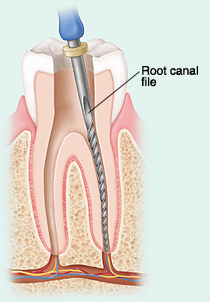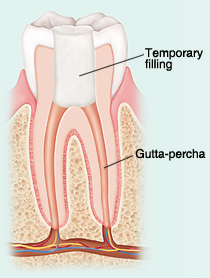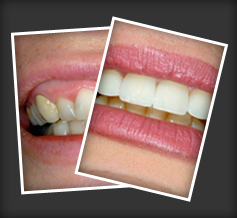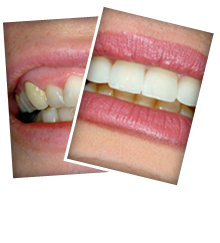Understanding Root Canal Therapy
 Root canal therapy is a way of removing dead or dying tissue from inside a tooth. This stops infection and prevents it from spreading further. Therapy is most often completed in one or two visits. Your dentist will tell you how long each visit is likely to last. Between visits, you'll need to take special care of the tooth until the crown (the part of the tooth above the gumline) can be restored.
Root canal therapy is a way of removing dead or dying tissue from inside a tooth. This stops infection and prevents it from spreading further. Therapy is most often completed in one or two visits. Your dentist will tell you how long each visit is likely to last. Between visits, you'll need to take special care of the tooth until the crown (the part of the tooth above the gumline) can be restored.
The First Step: Cleaning Out Your Tooth
Root canal therapy is done under a local anesthetic. (It's the same kind that's used when you have a filling.)
-
Cleaning and Shaping the Canal
A dental dam (a thin sheet of rubber) is placed around the tooth to protect your mouth and throat. The crown of the tooth is then opened and the pulp (soft tissue in the middle of the tooth) is removed. Using small files, the dentist cleans, enlarges, and shapes the root canal (pathway from the pulp to the jawbone). Medications may be used to stop infection.
-
Filling the Canal 
The root canal is filled with gutta-percha, a rubber-like substance that acts as a permanent bandage. This prevents bacteria or fluid from entering the tooth through the roots. Typically, the opening in the tooth is then closed with a temporary crown or filling.
Between Visits
In most cases, the tooth will be closed with a temporary filling. In rare cases the tooth may be left open for a short time to drain an infection. In either case, pain often can be controlled with over-the-counter medications. To protect the tooth between visits:
-
Avoid crunchy, chewy, and sticky foods.
-
Avoid chewing on the treated side of the mouth unless told you can.
-
Brush and floss as instructed.
-
Take antibiotics as prescribed.
The Second Step: Restoring Your Tooth
After root canal therapy, the crown of the tooth must be restored. In most cases, an artificial crown is needed. Therapy is not complete until a permanent filling is in place-so don't delay longer than your provider advises. After restoration, the treated tooth is much like your other teeth.
-
A Permanent Seal
The dentist removes the temporary filling. A permanent filling is then used to seal the tooth. If needed, an artificial crown is placed on top of the filling and around the remaining natural tooth. Crowns can be made of porcelain, gold alloy, or porcelain fused to metal.
-
If a Post Is Needed
If little is left of the natural crown, a metal or fiber post may be used to help support the permanent filling. The artificial crown is then placed on top of the filling. Your dentist will take care to ensure that the post is not visible once the restoration is complete.
After Treatment Is Complete
Your dentist will check the tooth during a follow-up visit. With successful treatment, the tooth should function and look very much like your other teeth. You can eat whatever you want, including the hot and cold foods you may have been avoiding. Of course, you'll need to brush and floss daily to keep your mouth healthy.
When to Call Your Dentist
Call at any stage in the process if any of the following occurs:
-
The temporary filling loosens or falls out.
-
Your gums swell or you have a fever over 100.4º F.
-
You have pain that can't be controlled by using over-the-counter medications.








